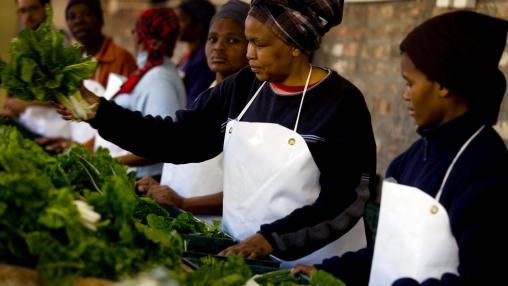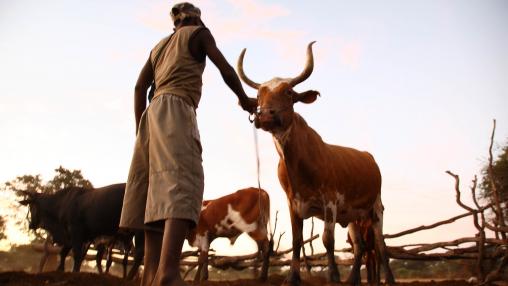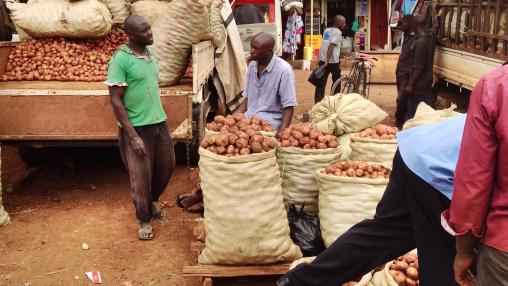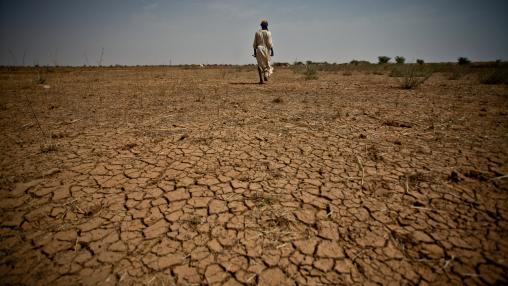GIEWS Crop Prospects and Food Situation - No 3 on September 2020
GIEWS Crop Prospects and Food Situation - No 2 on July 2020
GIEW Crop Prospects and Food Situation - No 1 on March 2020
This report is published four times a year and provides a forward-looking analysis of the food situation by geographic region, focusing on the cereal production outlook, market situation and food security conditions, with a particular attention on Low-Income Food-Deficit Countries (LIFDCs). The report also includes a list of countries requiring external assistance for food, highlighting the main drivers of food insecurity. It also includes a global cereal supply and demand overview to complement the biannual analysis in the Food Outlook publication. The report is available in English, French and Spanish.
Crop Prospects and Food Situation is complemented by the Cereal supply and demand balances for sub-Saharan African countries.

FAO Food Price Index Reaches Six-Month High
The FAO Food Price Index rose for the third consecutive time in August to hit a a six-month high in August. The 2 percent increase was driven by cereals, vegetable oils, and sugar prices

Can the World Reach the SDG Target of Zero Hunger by 2030? New 2020 SOFI Report
The world is not on track to achieve the Sustainable Development Goal of zero hunger by 2030, according to the 2020 State of Food Security and Nutrition in the World (SOFI) report, released in mid-July.

FAO Food Price Index Reaches 17-Month Low
The FAO Food Price Index plunged to a 17-month low in May, driven in large part by sustained negative economic impacts of the COVID-19 pandemic. Prices across all sub-indices declined with the exception of sugar prices.

The Quest for Safer Foods: COVID-19 and Dairy Value Chains in Ethiopia
This post originally appeared on IFPRI's Ethiopia Strategy Support Program (ESSP) blog.
The share of households consuming dairy products in Addis Ababa has dropped by 11 percentage points since the COVID-19 crisis, seemingly linked to perceived risks of consuming dairy products. All income groups declined their consumption, except for the richest quintile where the share of consuming households changed little.

New COVID-19 Food Price Monitor tracks warning signs of stress in local markets
This post originally appeared on IFPRI.org.
Food systems are complex and the disruptions caused by COVID-19 are varied. Global analyses of trends in food supply, trade, and prices are useful. However, as Manuel Hernandez, Soonho Kim, Brendan Rice, and Rob Vos emphasize, daily price data in multiple countries and markets are needed to provide information to identify and respond to more specific local and national shocks—and a new Food Price Tracker tool is now available to meet this demand.—John McDermott, series co-editor and Director, CGIAR Research Program on Agriculture for Nutrition and Health (A4NH).

Food Crises Increase Around the World: 2020 Global Report on Food Crises Released
An estimated 135 million people around the world faced acute levels of hunger in 2019, according to the 2020 Global Report on Food Crises, released this week. This number reflects the highest level of acute hunger seen since the report’s inception in 2017.